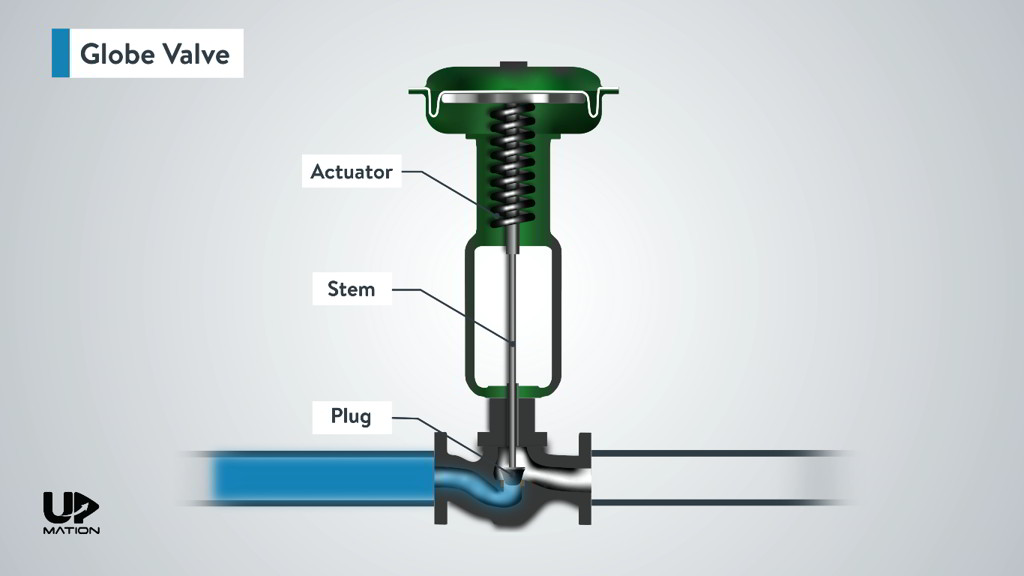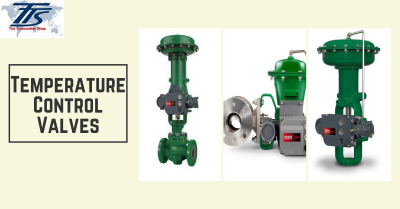Recognizing the Relevance of Control Valves in Process Automation
Recognizing the Relevance of Control Valves in Process Automation
Blog Article

Maximize Power Cost Savings and Comfort With Advanced Building Automation Controls
In the world of modern-day design and facility management, the assimilation of advanced building automation manages stands as an essential advancement. The merging of modern technology and sustainability has actually birthed a new era where power efficiency, comfort optimization, and operational streamlining are no much longer far-off aspirations but attainable realities. By utilizing the power of automation, structures can adjust, react, and evolve in methods that were as soon as unbelievable. The possibility for significant power savings and improved convenience is not just a guarantee however a possibility waiting to be fulfilled. This standard shift in building management holds the key to opening a world where environmental conscientiousness and owner well-being sympathetically coexist within the walls of our frameworks.
Energy Efficiency Conveniences
Energy effectiveness advantages can considerably reduce power consumption and functional expenses in buildings. By implementing energy-efficient methods and modern technologies, structure owners and operators can accomplish significant savings while additionally adding to environmental sustainability. One of the primary benefits of improving energy performance in buildings is the reduction of energy expenses. Energy-efficient systems, such as innovative building automation controls, can optimize using sources like cooling, lighting, and home heating, causing reduced energy expenses gradually.
Moreover, boosted power efficiency can extend the life expectancy of building devices and systems. By running extra effectively, cooling and heating systems, lighting fixture, and various other building parts experience less wear and tear, leading to minimized maintenance and substitute expenses. Additionally, energy-efficient structures frequently command higher residential or commercial property values and rental prices, supplying long-lasting financial advantages to owners.
In addition, power efficiency can boost resident comfort and performance. Appropriately managed indoor atmospheres with optimal lighting and thermal problems develop an even more positive and helpful work space, bring about boosted worker contentment and performance. On the whole, the energy efficiency benefits connected with sophisticated building automation controls are multifaceted, including cost savings, ecological stewardship, and owner well-being.
Boosted Comfort Control
Enhancing convenience control in building settings calls for an advanced integration of sophisticated automation systems for optimal owner wellness. By utilizing innovative building automation controls, facilities can customize the interior setting to meet the certain requirements and preferences of residents. These systems enable precise policy of temperature level, illumination, and ventilation, creating a efficient and comfy environment. Passenger fulfillment and performance are carefully connected to thermal comfort, making it necessary to have systems in place that can adapt to changing conditions in real-time.
By integrating these sophisticated controls, buildings can not only boost comfort but additionally enhance power performance by maximizing system procedures based on real tenancy and usage patterns. Eventually, focusing on resident comfort with sophisticated automation systems leads to a more satisfying and much healthier indoor atmosphere.
Functional Performance Improvements

Moreover, the implementation of real-time tracking and analytics devices makes it possible for structure operators to identify energy inefficiencies and operational abnormalities quickly. By constantly monitoring energy use patterns and system efficiency metrics, adjustments can be made in real-time to enhance power consumption and ensure peak functional effectiveness. control valves. In addition, incorporating demand action methods right into building automation controls can further boost functional efficiency by dynamically changing energy usage based on grid conditions and pricing signals
Indoor Climate Optimization
Effective indoor environment optimization is an essential element of structure automation controls, making certain passengers' comfort and wellness while optimizing energy cost savings. By making use of advanced sensing units and controls, building automation systems can constantly adjust and keep track of temperature, moisture levels, air top quality, and air flow to create an optimal interior setting. Maintaining comfortable and regular problems not just enhances resident contentment but also improves productivity and general well-being.
Interior climate optimization additionally plays a critical role in energy effectiveness. By fine-tuning heating, cooling, and ventilation systems based upon real-time data and occupancy patterns, building automation controls can significantly reduce power article usage - control valves. As an example, executing approaches such as demand-controlled ventilation and thermal zoning can help minimize power waste while making certain that each area of the building obtains the needed conditioning.

Lasting Atmosphere Development
Structure automation manages not only optimize indoor climate problems for energy effectiveness and passenger convenience yet likewise lay the structure for developing a sustainable setting with critical administration of resources and systems. By incorporating innovative building automation modern technologies, such as sensors, actuators, and intelligent software program, facilities can readjust and keep an eye on power use in real-time to reduce waste and decrease their carbon footprint. These systems enable anticipating maintenance, determining possible issues prior to they intensify and optimizing tools efficiency to enhance longevity and effectiveness.
Moreover, sustainable environment production prolongs beyond power administration to encompass water preservation, waste decrease, and indoor air top quality improvement. Structure automation controls can control water use, spot leaks, and make sure correct garbage disposal practices, adding to total sustainability efforts. In addition, by managing and checking air flow and filtration systems, these innovations improve owner health and wellness and performance while decreasing power consumption connected with heating and cooling operations.
Final Thought
Finally, progressed building automation regulates offer substantial click here for more info benefits in regards to energy savings, comfort control, functional efficiency, indoor environment optimization, and creating a sustainable environment. By executing these controls, buildings can achieve optimum performance while decreasing energy usage and improving passenger comfort. It appears that the use of innovative automation modern technology is vital in boosting building efficiency and developing a more sustainable future.
Power effectiveness benefits can dramatically minimize power consumption and operational expenses in buildings. On the whole, the power performance benefits connected with advanced structure automation controls are complex, encompassing expense financial savings, environmental stewardship, and resident wellness.
Furthermore, including demand feedback approaches right into building automation controls can better boost operational efficiency by dynamically changing power use based on grid problems and prices signals.
Structure automation regulates not only enhance indoor climate conditions for energy effectiveness and passenger comfort yet likewise lay the structure for creating a sustainable environment with tactical monitoring of resources and systems.In conclusion, advanced structure automation manages deal substantial benefits in terms of energy savings, convenience control, operational efficiency, indoor climate optimization, and creating a lasting setting.
Report this page